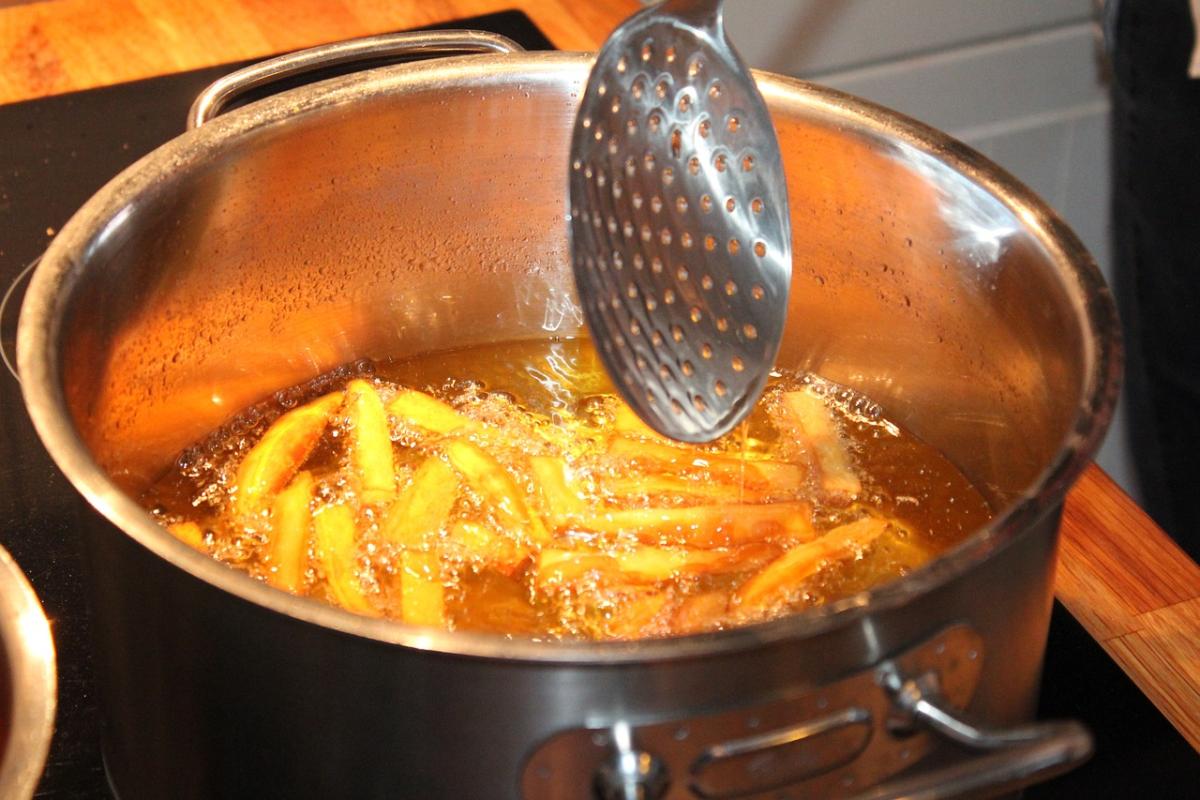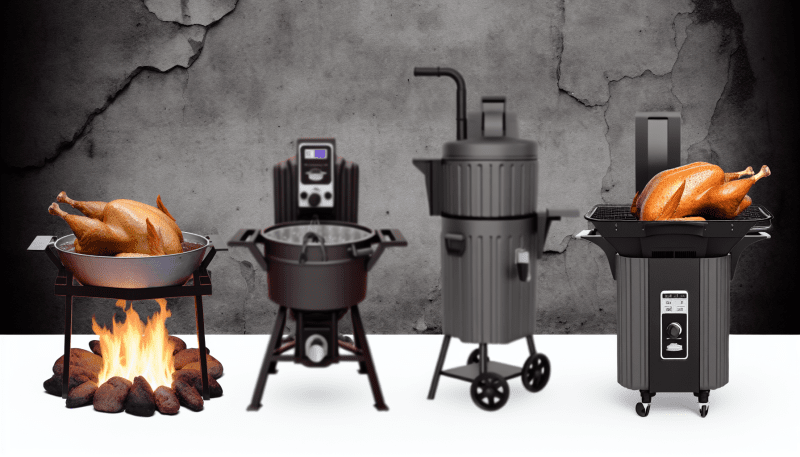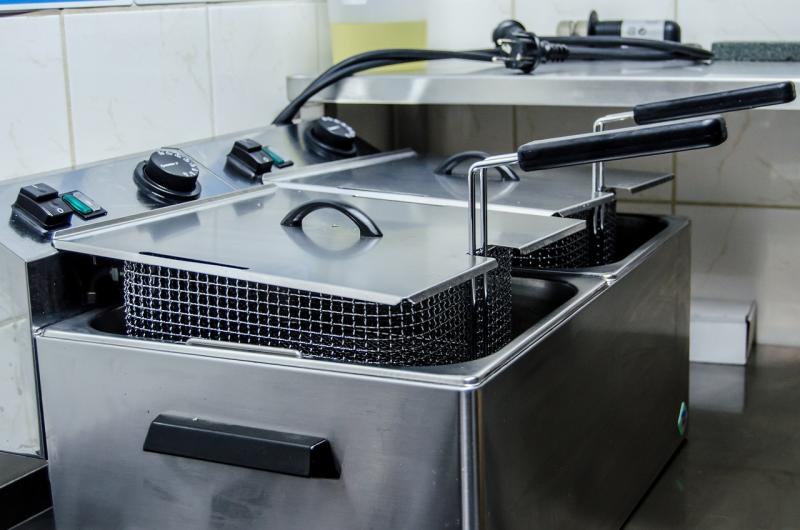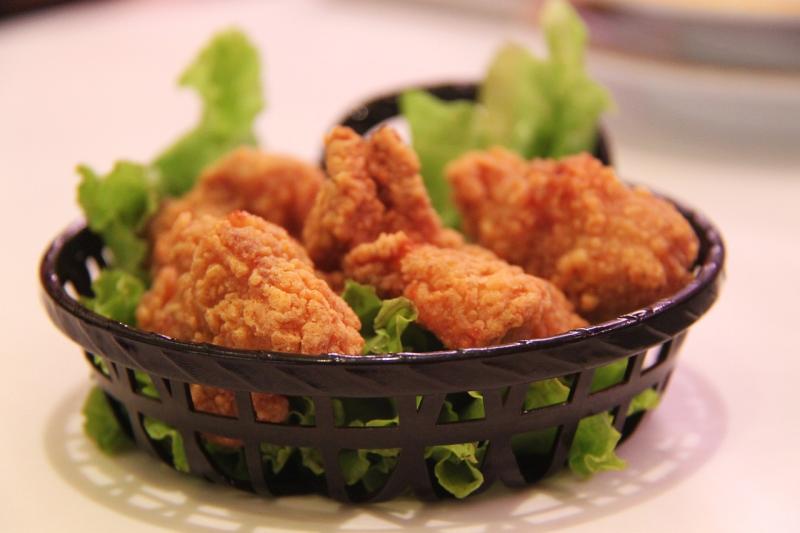Welcome to the exciting world of frying! Whether you are a beginner or a seasoned chef, mastering the art of frying opens up endless possibilities for creating delicious delights. However, in order to achieve perfect results, having the right tools is essential. Here are some indispensable tools that every aspiring fryer should have in their kitchen.
1. Deep Fryer or Heavy-Duty Pot:
A deep fryer or a heavy-duty pot is the foundation of successful frying. Deep fryers are specifically designed for frying and come with precise temperature controls, baskets, and other features for convenience. If you don't have a deep fryer, a heavy-duty pot with high sides will work just fine. Make sure it has a thick bottom to provide even heat distribution.
2. Thermometer:
Maintaining the right oil temperature is crucial for achieving crispy, golden results. Invest in a reliable cooking thermometer to accurately monitor the oil temperature. Different recipes require different temperatures, so having a thermometer is key to achieving perfect frying results every time.
3. Tongs or Slotted Spoon:
When it comes to frying, you need the right instruments to safely handle the food in hot oil. Tongs or a slotted spoon are your best friends. They allow you to turn and remove the food from the oil without risking burns or splatters. Opt for tongs with long handles for better control and safety.
Mastering the Basics: Key Techniques for Frying Success
Welcome to "Frying 101: Endless Possibilities for Delicious Delights!" Whether you're an aspiring home cook or a seasoned chef, frying is a fundamental cooking technique that opens up a world of flavor and culinary possibilities. To ensure your frying endeavors result in golden, perfectly cooked creations, mastering the basics is essential. Here are some key techniques to help you achieve frying success:
1. Temperature Control:
One crucial element to successful frying is maintaining the right temperature. Too hot, and your food will burn on the outside while remaining raw on the inside. Too cool, and your food will soak up excess oil, resulting in a greasy texture. Use a reliable thermometer to monitor the oil temperature and adjust the heat accordingly. Generally, a temperature range between 350°F (175°C) and 375°F (190°C) is suitable for most frying recipes.
2. Proper Prep Work:
Prepping your ingredients before frying is vital for achieving the desired outcome. Dry the items to be fried thoroughly, as excess moisture can cause dangerous oil splatters. Additionally, lightly coat the food with a thin layer of flour or other breading to enhance texture and promote a crispier end result. Lastly, if you are frying multiple batches, allow the oil to reheat between each batch to maintain consistent frying temperatures.
3. Time and Patience:
Frying is a process that requires attentiveness and patience. Avoid overcrowding the frying pan or pot, as this can lower the oil temperature and result in food that is greasy and unevenly cooked. Allow each piece of food enough space to cook evenly and be flipped or stirred as needed. With patience and proper timing, frying can yield beautifully golden, crispy delights that are sure to impress.
From Classic Crisps to Creative Combos: Exploring Frying Variations
Frying is a versatile cooking technique that has been used for centuries to create delicious delights. From classic crisps to creative flavor combinations, the possibilities are endless when it comes to frying. Whether you prefer a savory or sweet treat, there is something for everyone in the wide world of frying.
Classic Crisps: A Timeless Favorite
Traditional frying techniques have given us some of the most beloved and iconic fried foods. Whether it's golden and crispy French fries, crunchy tempura vegetables, or perfectly battered fish and chips, these classics are beloved for a reason. The art of deep frying transforms basic ingredients into irresistible dishes that are enjoyed all around the globe.
Creative Flavor Combinations: Pushing the Boundaries
However, the true beauty of frying lies in its ability to inspire innovation and creativity in the kitchen. Chefs and home cooks alike are constantly pushing the boundaries by experimenting with exciting flavor combinations. Twists on classic favorites include deep fried pickles, cheesy jalapeno poppers, and even sweet treats like fried ice cream or churros. These imaginative creations elevate the frying experience to a whole new level.
Endless Possibilities: Exploring the World of Frying
Exploring the world of frying opens up a world of possibilities. The choice of ingredients, seasonings, and cooking techniques allows you to experiment and create unique dishes that suit your taste preferences. Whether you prefer the simplicity of a classic crisp or the boldness of a creative combination, frying offers endless opportunities for culinary exploration and delicious delights.
Pro Tips for Crispy Perfection: Troubleshooting and Flavor Enhancers
When it comes to frying food, achieving that irresistible crispy texture can be a bit of a challenge. Fear not, as we have compiled some pro tips to help you master the art of frying and enhance the flavors of your delicious delights!
Troubleshooting:
1. Oil temperature: Maintaining the correct oil temperature is crucial for crispy results. If the oil is not hot enough, your food may end up soggy or greasy. Use a thermometer to ensure the oil reaches the desired temperature before adding your ingredients.
2. Overcrowding: Avoid overcrowding the fryer or pan as it can cause the temperature to drop too quickly, resulting in greasy food. Fry in small batches, leaving enough space between the pieces to ensure even cooking and crispiness.
3. Drain excess oil: After frying, place your food on a paper towel-lined plate to absorb any excess oil. This helps to maintain the crispness and prevents it from becoming overly greasy.
Flavor Enhancers:
1. Season well: Don't forget to season your ingredients before frying! A sprinkle of salt, pepper, or your favorite spices can take the flavors to the next level. Consider adding garlic powder, paprika, or even a hint of cayenne for an extra kick.
2. Buttermilk or marinade: For certain recipes like fried chicken, marinating the meat in buttermilk or a flavorful marinade can help tenderize and infuse the food with delicious flavors.
3. Dipping sauces: Serve your crispy delights with a variety of dipping sauces to enhance the experience. Whether it's a classic aioli, tangy barbecue sauce, or a spicy salsa, the right sauce can elevate your fried goodies to new heights of tastiness.



